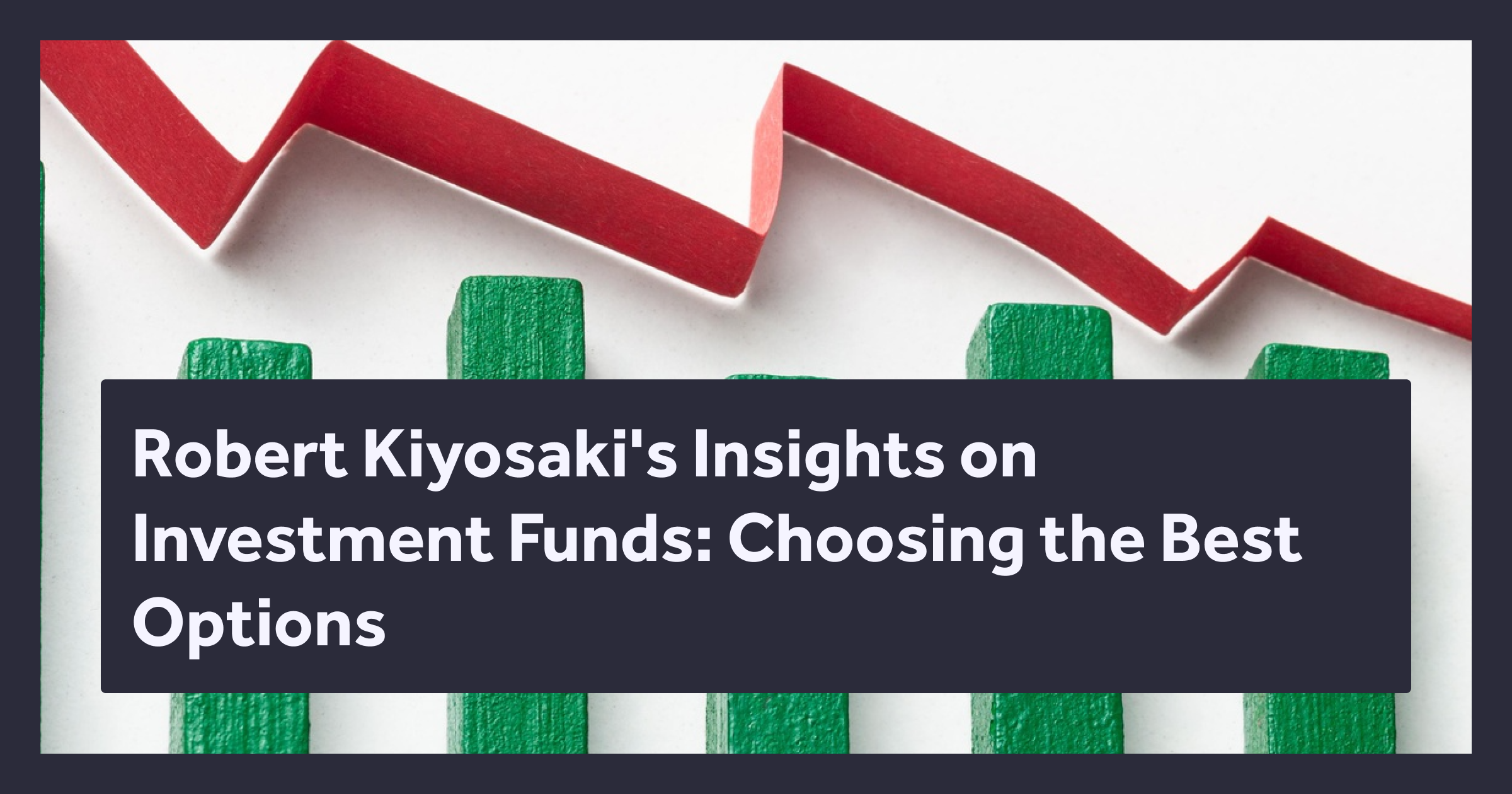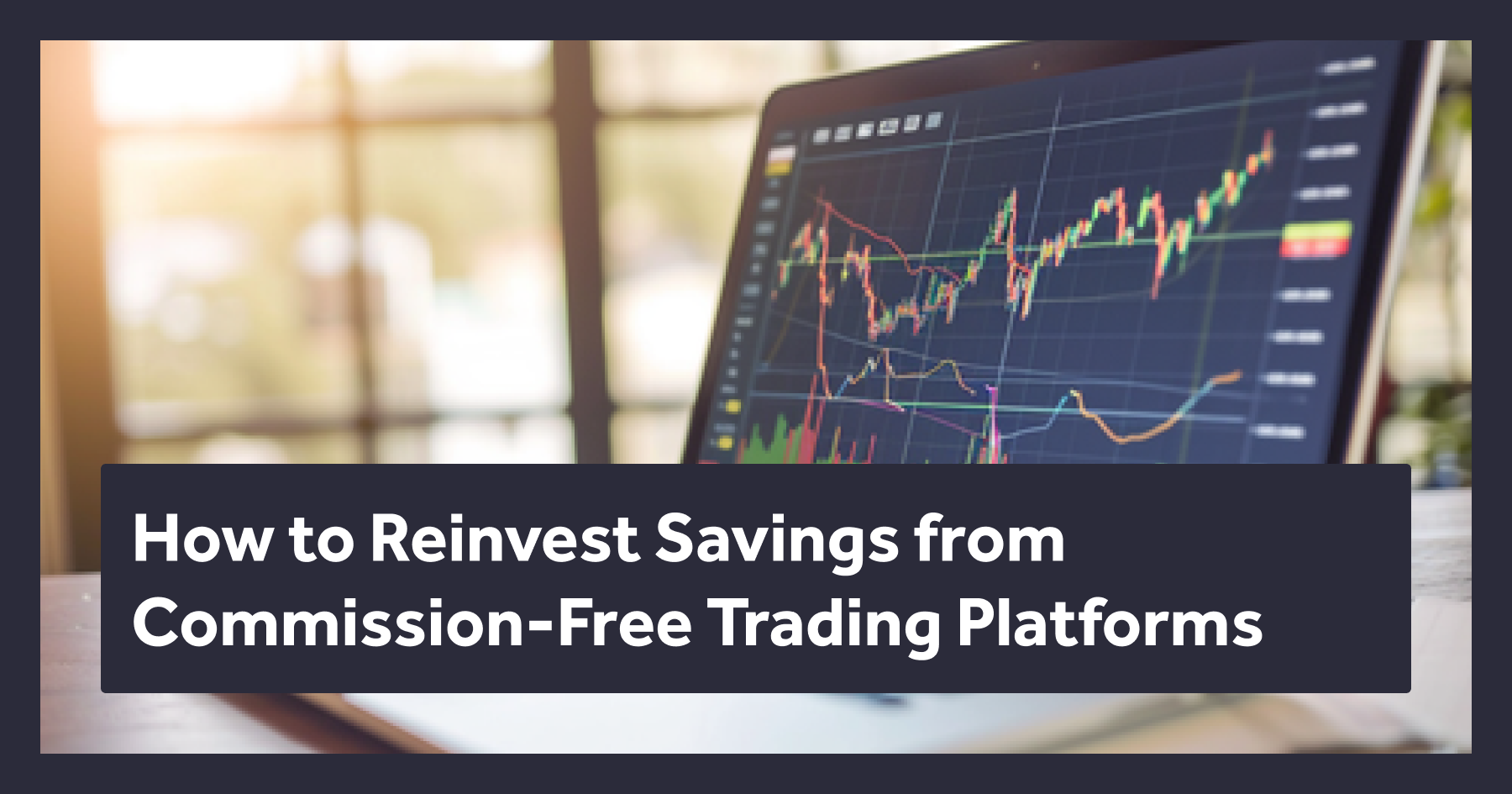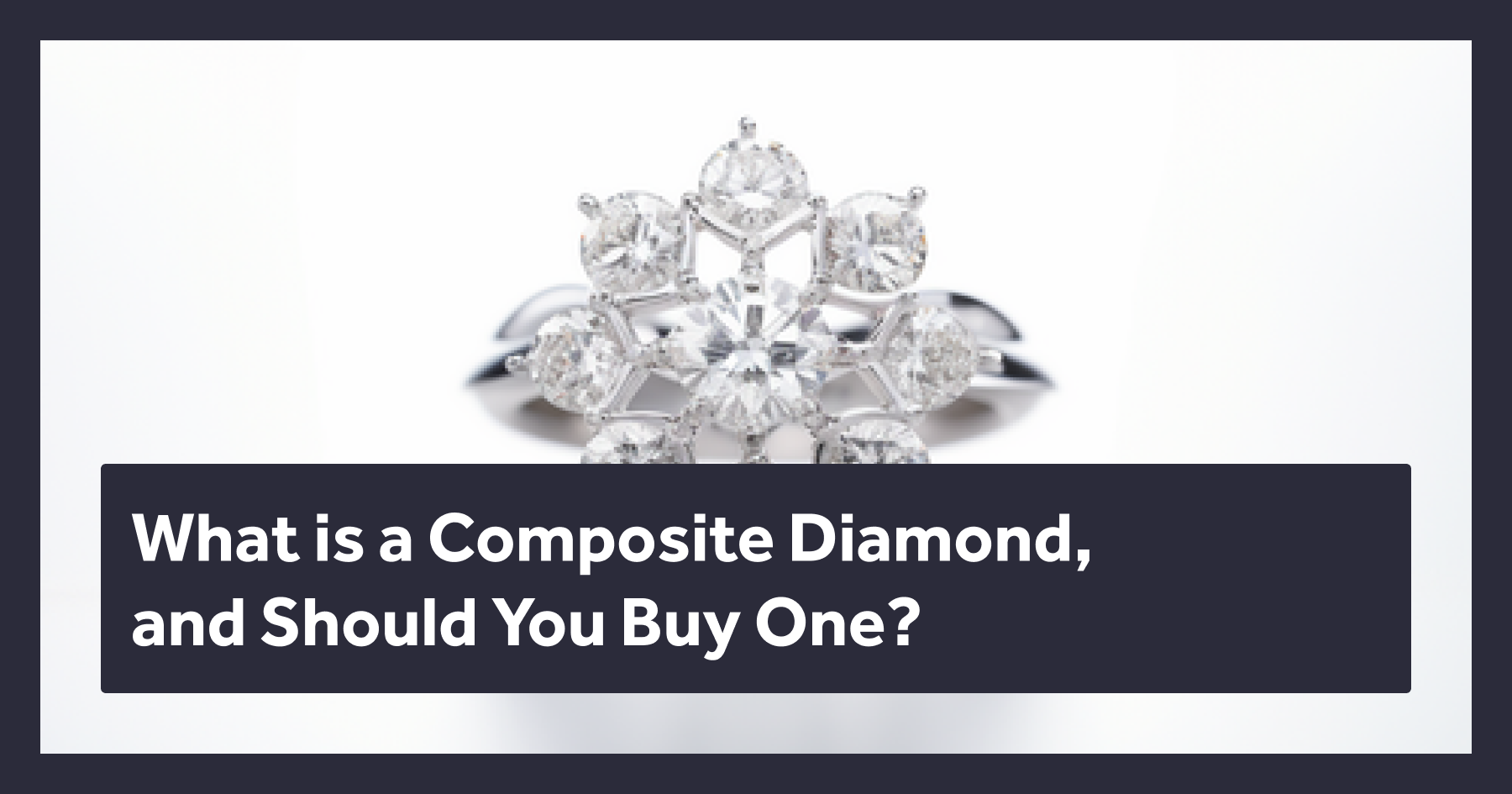
In the quest to diversify investment portfolios, many investors are seeking an alternative investment vehicle. While traditional asset classes like stocks, bonds, and real estate continue to dominate the investment landscape, diamonds have begun to shine as a potential vehicle for wealth preservation and appreciation. This case study delves into diamond investments, exploring both the potential returns and the risks involved.
The Diamond Market and Global Economy
As we delve deeper into the diamond market's intricacies, it's crucial to understand its interplay with the global economy. The diamond jewelry market is expected to grow from $336.7 billion in 2022 to over $492 billion by 2032, with a CAGR of 5.5%. This growth trajectory indicates a robust industry expansion despite various economic pressures.
Furthermore, diamonds and jewelry have seen a price increase of 13% to 147% since 2013, suggesting a booming investment sector. The largest diamond producers, including countries like Botswana, Russia, Angola, and Canada, contribute significantly to the global supply. At the same time, the USA remains the largest market for diamond jewelry, followed by China, Japan, Italy, India, The Gulf, and other countries.
This global distribution of production and consumption highlights diamonds' widespread appeal and economic impact.
Investment Diversification with Diamonds
Investors looking to diversify their portfolios often turn to alternative investments to spread risk and potentially increase returns. Diamonds offer portfolio diversification opportunities with their historical price appreciation and unique value proposition.
Unlike traditional investments and other asset classes like private credit, hedge funds, private equity investments, mutual funds, private markets, and venture capital, diamonds are not as directly affected by market forces such as inflation or currency fluctuations, which can provide a hedge against economic downturns.

Additionally, the global diamond jewelry market has seen a threefold increase in sales over the past 25 years. This significant growth underscores the sustained demand for diamonds and their potential as a valuable investment asset for individuals and institutional investors.
Potential Returns on Diamond Investments
Diamonds have long been associated with luxury and stability, often seen as a store of value and a symbol of enduring wealth. Diamond investments may also serve as an intriguing complement to equity market-neutral strategies. In recent years, diamonds have garnered attention for their investment potential, with prices showing a consistent uptrend.
Since 1960, diamond prices have risen by approximately 14% each year, demonstrating a remarkable resilience and attractiveness as an asset class. More recently, over the past eight years, the price of diamonds has increased by around 33%, averaging a 4% annual growth. These figures suggest that diamonds could serve as a robust alternative investment vehicle, offering potential returns that are competitive with traditional markets.
The allure of diamonds extends beyond just their price appreciation. Between 1999 and 2010, the average annual real rate of return on white diamonds was 6.4%, while fancy-colored diamonds saw returns of 2.9%. This distinction highlights the importance of understanding the nuances within the diamond market when assessing them as investment vehicles.
Marketing campaigns and cultural norms have also heavily influenced the perception of value within the diamond market. The mid-20th-century marketing efforts significantly boosted the association of diamonds with love and commitment. Today, the emergence of synthetic diamonds is challenging traditional views on value, with many consumers valuing sustainability and ethical considerations alongside or even above the rarity of a natural diamond.
Risks of Diamond Investment
Despite the potential for attractive returns, investing in diamonds has its risks. The intrinsic value of diamonds can sometimes be obscured by market hype or speculation, leading to price discrepancies that can pose a risk to investors.
While the stable appreciation of diamonds positions them well within the array of investment options, it's also critical for investors to remain cautious and not treat diamonds as a part of speculative investment practices. Unlike the volatility often associated with speculation, diamond investments require careful consideration of market demand, rarity, and quality.

Additionally, the diamond industry is not immune to environmental and social concerns. With consumers increasingly valuing environmental responsibility and ethical practices, the diamond sector is evolving to meet these new standards. The rise of lab-grown diamonds and the emphasis on conflict-free natural diamonds reflect a changing market where sustainability and ethical sourcing are becoming increasingly important factors in investment decisions.
Investors are looking at the financial return on their investments and the broader impact of their investment choices. The ability to invest in diamonds that are 100% recyclable and have a long-term value proposition makes them an appealing alternative investment vehicle, especially when compared to other commodities that may have a larger environmental footprint.
Diamond Standard: A New Horizon for Investors
Diamond Standard is changing the way people invest in diamonds. We've introduced regulated products such as the Diamond Standard Coin and Bar, making it easier for investors to buy, sell, and trade diamonds just like other investments. Our use of blockchain to create tradable diamond tokens means investing in diamonds is now more accessible and straightforward.
- Diamond Standard Coin: Backed by GIA-graded stones with digital certificates, ensuring security and fungibility.
- Diamond Standard Bar: A physical commodity containing a standardized set of diamonds.
- Blockchain Integration: The use of blockchain technology for transparency and verifiability.
These innovations have made it possible for investors to consider diamonds in much the same way they might view gold or other precious metals as tangible assets that can be part of a diversified investment portfolio.
With regulated offerings like the Diamond Standard Coin, investing in diamonds acquires an equanimity akin to private equity funds. However, the added advantage for diamond investors lies in liquidity and tangible ownership—features seldom found in the more opaque private equity sphere.
Addressing Liquidity and Standardization in Diamond Investments
One of the traditional barriers to diamond investments has been the issue of liquidity. Diamonds are unique, and their individual characteristics can make it difficult to quickly buy or sell without significant price variations.
Diamond Standard has tackled this challenge head-on by creating a standardized commodity that can be traded on exchanges like other investment assets. This standardization not only simplifies the process of investing in diamonds but also enhances the liquidity of diamonds as an asset class, making them a more attractive option for investors.
The creation of the Diamond Standard Coin and Diamond Standard Bar has introduced a level of fungibility previously unseen in the diamond market. Each commodity contains a set of diamonds that have been statistically sampled, and GIA graded, ensuring that each unit has a similar value. This process is akin to the standardization seen in precious metals, where the weight and purity define the value of a gold bar, for example.
Introducing blockchain technology further enhances the liquidity and transparency of diamond investments. With each diamond's geological details stored on a public blockchain, investors can verify the authenticity and provenance of their assets, providing an additional layer of security and trust in the investment.
Diamond Standard: Pioneering a Regulated Diamond Commodity
Diamond Standard has been pivotal in creating a regulated diamond commodity, giving investors the confidence to enter the diamond market. The regulation by the Bermuda Monetary Authority and audits by Deloitte adds a layer of oversight that ensures the integrity of the investment.

The Diamond Standard Coin and other offerings are poised to become SEC-approved and traded on US exchanges, further legitimizing diamonds as a viable investment asset class. The aim is to establish a fungible diamond commodity and a loose diamond exchange to facilitate price discovery and liquidity, unlocking the full potential of diamonds as a financial asset.
Conclusion
Diamonds present a compelling case as one of the strongest traditional investments. With the potential for solid returns, enhanced liquidity, and a growing market, diamonds offer a unique opportunity for investors seeking to diversify their portfolios. Diamond Standard's efforts to standardize and regulate diamond commodities have been a game-changer, making it easier for investors to consider diamonds alongside more traditional assets.
As the diamond industry continues to evolve, with a focus on sustainability and ethical practices, diamonds could very well become a staple in the investment strategy of those looking for stability, luxury, and a touch of brilliance. The case for diamonds as an alternative investment vehicle is strong, and for investors seeking new avenues for wealth generation and preservation, it is certainly worth considering.




